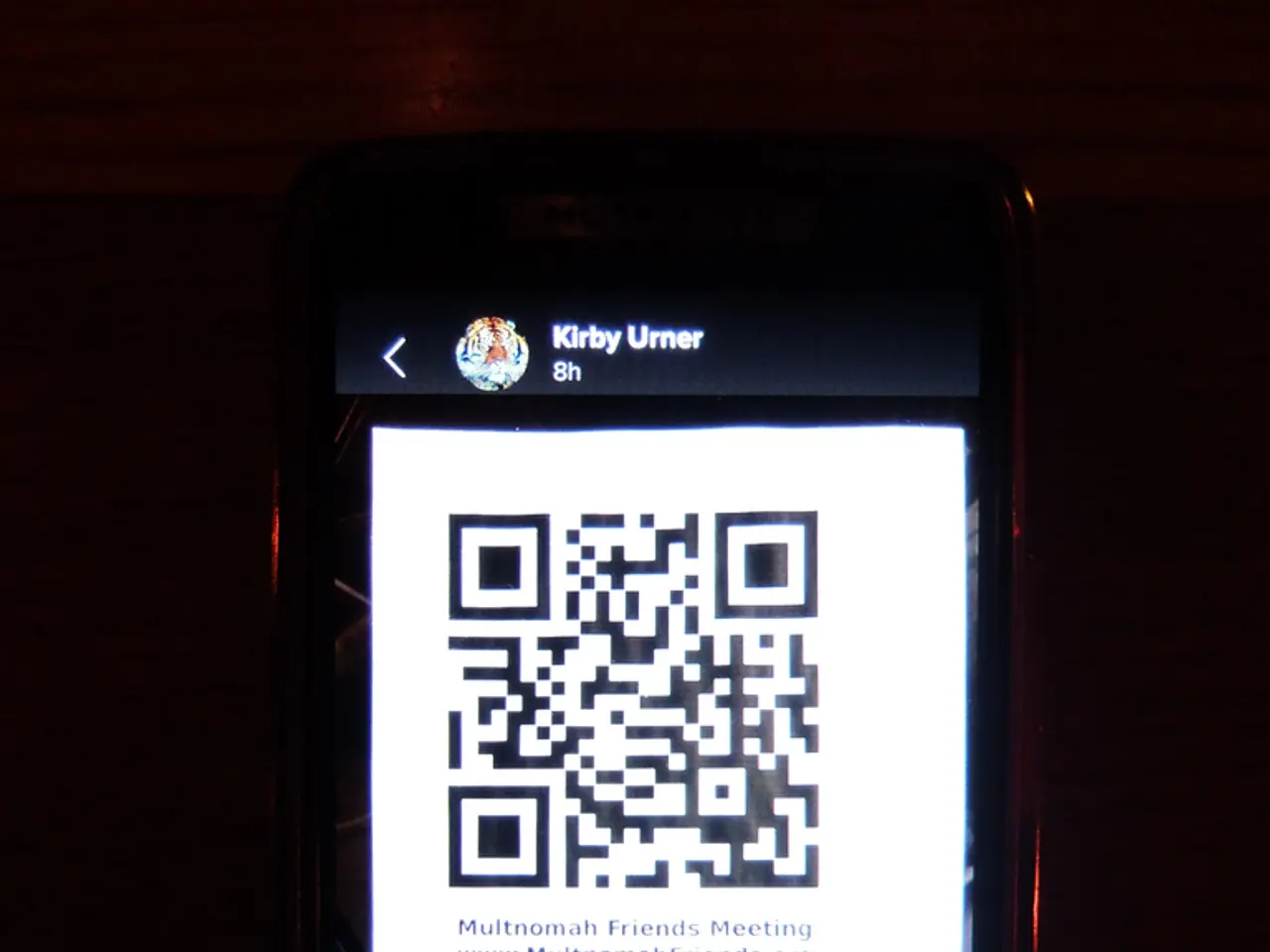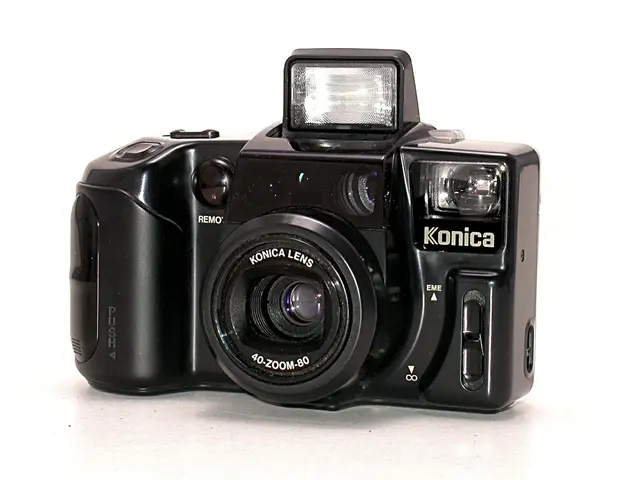USPS's QR Code System Explained: A Comprehensive Guide for Swifter Delivery and Monitoring
In the ever-evolving world of shipping, the United States Postal Service (USPS) is leading the charge with the implementation of QR codes. These small, digital labels are revolutionising the way packages are tracked and processed, offering numerous benefits such as reduced manual errors, simplified return processes, and enhanced customer communication.
The USPS QR code system is integrated with the postal service's sophisticated tracking infrastructure, primarily through USPS Informed Visibility technology. When you create a shipping label, a QR code is generated that encodes the tracking number and shipment details. This QR code can be scanned at various points in the shipping process, providing real-time updates on package location and estimated delivery times.
USPS workers scan the QR codes during mail processing and delivery events, updating the package's tracking status in real-time. This data feeds into USPS Informed Visibility, USPS's advanced tracking system that monitors every touchpoint in the shipment lifecycle across 200,000+ delivery routes in the US. This system provides near real-time visibility and precise delivery estimates, accurate within a 2-3 hour window for most mail.
The QR code system also integrates with digital tools and marketing, allowing businesses to track not only delivery events but also recipient engagement with mail pieces. This creates a feedback loop from physical mail to digital actions, enhancing customer insights and enabling automated follow-ups.
For consumers, the QR code system offers convenience through mobile apps. By scanning the QR/barcode on shipping labels using the USPS Mobile app, consumers can view shipment status, store tracking numbers, and receive notifications about delivery updates, offering package management from a smartphone.
To use USPS QR codes, one must first create an official USPS account, which grants access to advanced shipping tools and the ability to generate QR codes for packages. It is recommended to keep both digital and physical copies of QR code labels to avoid tracking problems.
When scanning a USPS QR code, it is important to keep the code clean and undamaged, avoid glare or shadows, and make sure the smartphone's camera is updated. To scan a USPS QR code using a smartphone, one should open the camera app, point the camera directly at the code, ensure the entire code is within the camera frame, wait for the automatic recognition prompt, and follow any additional on-screen instructions.
The USPS QR code system is proving to be a game-changer in the shipping industry, bringing benefits such as faster processing times, improved accuracy in shipping, reduced operational costs, and enhanced customer satisfaction. For businesses and consumers alike, learning about USPS QR codes is essential for staying up-to-date with the future of shipping.
In conclusion, the USPS QR code system is making shipping clearer and easier by encoding shipment information in scannable codes, which USPS scans through the delivery chain, feeding rich data into their Informed Visibility platform. This enables near real-time tracking updates, efficient shipping label printing at kiosks, and integration with mobile apps for consumer visibility, greatly improving package tracking accuracy and convenience. It is highly recommended to implement real-time package tracking, reduce manual data entry errors, simplify return processes, and enhance customer communication using USPS QR codes.
- When you create a shipping label for international shipping, a QR code is generated that encodes the tracking number and shipment details, allowing for tracking throughout the shipping process using shipping software.
- The USPS QR code system enables real-time updates on package location and estimated delivery times, as USPS workers scan the QR codes during mail processing and delivery events using the latest technology such as smartphones.
- Consumers can manage packages easily with the USPS Mobile app, scanning the QR/barcode on shipping labels to view shipment status, store tracking numbers, and receive notifications about delivery updates.
- To access advanced shipping tools and generate QR codes for packages, you must first create an official USPS account, keeping both digital and physical copies of the QR code labels to avoid tracking issues.
- With the implementation of USPS QR codes, the shipping industry witnesses numerous benefits, including faster processing times, improved accuracy in shipping, reduced operational costs, and enhanced customer satisfaction for businesses dealing with gadgets like smartphones and other items relying on packaging and international shipping.







